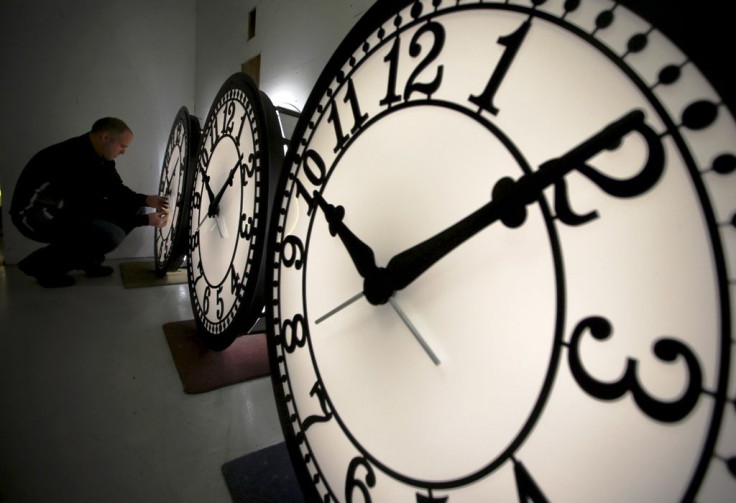Daylight Saving Time: Authorities Issue Fire Safety Reminders As You Set Your Clocks Ahead
It's time to move the clocks forward an hour yet again. As Daylight Saving Time sets in, authorities are also reminding the public to take fire safety measures.
This year's Daylight Saving Time began Sunday and will end on Nov. 6. The purpose of the practice is simply to let people have more daylight in both the warmer and winter months. Although many electronic devices are capable of adjusting on their own, some analog items still need to be manually adjusted.
This year, the U.S. Consumer Product Safety Commission (CPSC) is reminding the public to take the switch to Daylight Saving Time as an opportunity to check on their smoke and carbon monoxide alarms.
"(S)moke alarms and carbon monoxide alarms need a few moments – moments that can save lives," the agency said in a news release.
About 57% of fire deaths happen in homes that don't have working smoke alarms, or where these items are not working, according to the National Fire Protection Association (NFPA).
In a previous report, CPSC noted that an annual average of about 362,000 unintentional residential fires occurred from 2016 to 2018. These incidents led to an annual average of about 10,390 injuries, 2,370 deaths and $7 billion in property losses during the period.
The report also found that older people are most likely to die from fires, with the death rate in the 65-74 age group being twice the overall fire death rate. African Americans have the highest risk of death or injury from fire accidents. Cooking equipment, heating and cooling equipment, and electrical distribution equipment such as wiring accounted for the largest percentage of fires during the 2016-2018 period.
Just last January, the NFPA voiced its concerns over the number of high-profile fires that led to multiple firefighter deaths that month alone.
The CPSC is now urging the public to "spring into action" by checking their smoke and carbon dioxide alarms, not just on Daylight Saving Time, but every month to make sure they're working properly. People should place such alarms on every level of the home, preferably in each bedroom, and replace the batteries at least once a year.
They must also replace alarms that are over 10 years old and make sure the family has a fire escape plan, the agency said.
#SaylightSavingsTime pic.twitter.com/UTbO8owwYu
— US Consumer Product Safety Commission (@USCPSC) March 13, 2022
"From 1980 to 2018, CPSC reports a 64 percent decline in residential fires, a 63 percent decline in fire deaths and a 60 percent decline in fire injuries," the CPSC noted. "Although there has been significant progress and successes made since 1972, more can be done during the next 50 years to decrease deaths related to carbon monoxide exposure from the use of consumer products, which claim the lives of some 192 people every year."

© Copyright IBTimes 2025. All rights reserved.






















